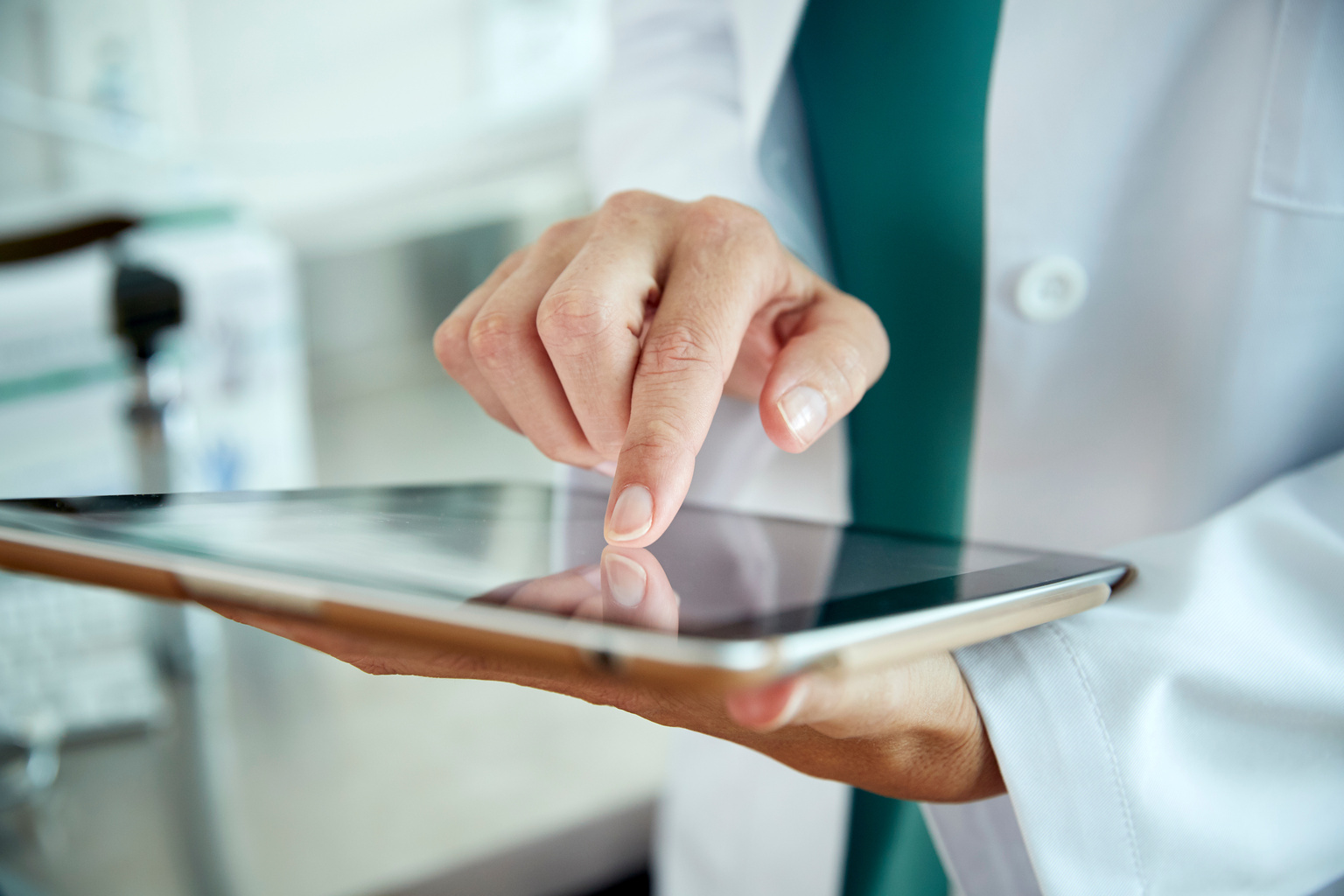By Angie Newman, MS, RD
Angie Newman is a registered dietitian and senior health communication designer of Emmi programs at Wolters Kluwer.
I spoke with Reva Berman, author of the blog Type ONEderful, to learn about how technology has influenced her experience living with T1D and helped her understand the condition.
An “all consuming” disease
Reva was diagnosed with T1D when she was 12. She wasn’t having any symptoms at the time, so this came as a huge shock and with a very big learning curve. As Reva explained to me, T1D is challenging to manage because there are so many variables that can affect blood sugar. The main day-to-day goal is to keep blood sugar levels within a certain range, and everything from stress to exercise to being sick, and of course food, affects that. She says, “You’re kind of guessing and making corrections all the time.”
During her first year living with T1D, Reva relied on finger pricks to check her blood sugar levels and gave herself shots of insulin to manage them. She described the shots as “so strict” and told me that she would have to plan out (and later stick to) what she would eat for both breakfast and lunch before eating either meal so that she could give herself the correct amount of insulin first thing in the morning. And communication with doctors about day-to-day happenings came in the form of paper log books and fax machines.





